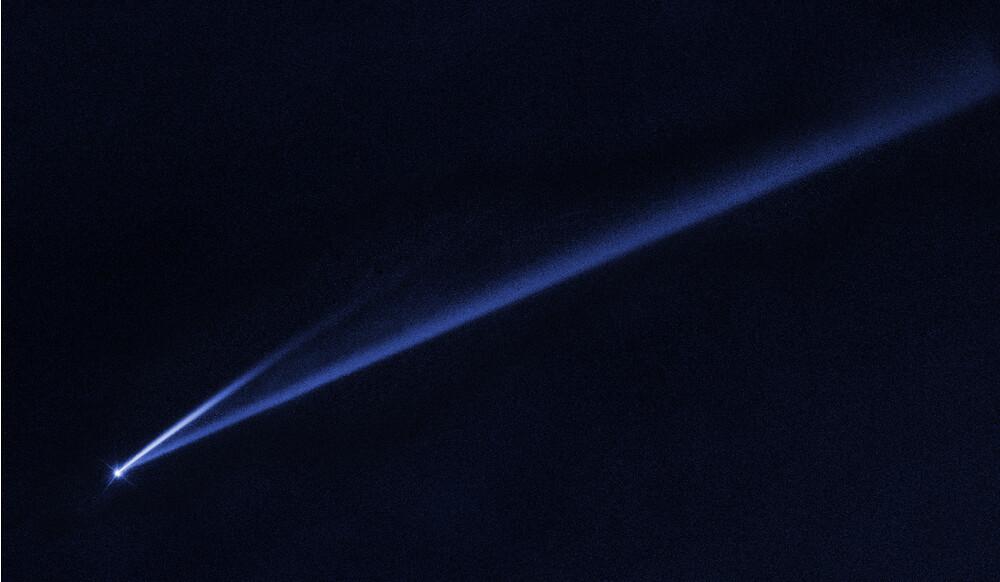The danger that an asteroid or comet might hit Earth is a popular topic of science fiction movies like Armageddon, Deep Impact, and Don’t Look Up. But, even before it was science fiction, the impact hazard was science fact. In 1908 an explosion a thousand times more powerful than the atomic bomb that destroyed Hiroshima rocked a remote forest in Eastern Siberia. Trees were knocked flat over an area the size of the state of Rhode Island. An asteroid or comet had exploded three to six miles up, due to the stresses of entering Earth’s atmosphere. Had the explosion happened over a city, that city would have been destroyed.
The possibility of a future impact worries scientists and governments. In 1998 the United States Congress charged NASA with finding and tracking asteroids that pass near Earth. In 2016 NASA established its Planetary Defense Coordination Office to spearhead efforts to safeguard Earth. Researchers are studying ways to deflect any asteroid found on a collision course with our planet.
In 2022 NASA conducted its first test of this technology with its Double Asteroid Redirection Test, called DART. The target was an asteroid named Didymos and its moon Dimorphos. Unlike its fictional counterparts, DART was a robotic spacecraft with no crew. Its kamikaze mission was to ram Dimorphos at fourteen thousand miles per hour, in hopes that the force of impact would change the moon’s orbit.
The collision was monitored by a small spacecraft deployed from DART, and ground and space-based observatories. Preliminary results show DART succeeded at changing Dimorphos’s orbit—an important step towards being able to divert a similar body headed for Earth.










